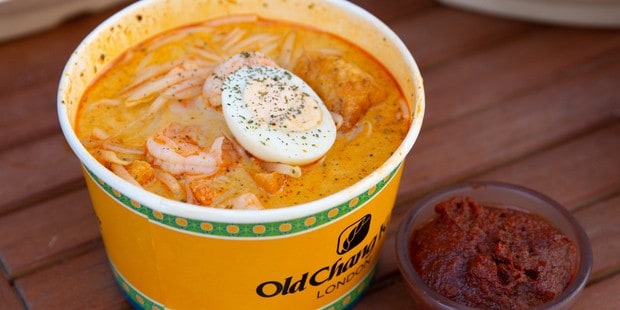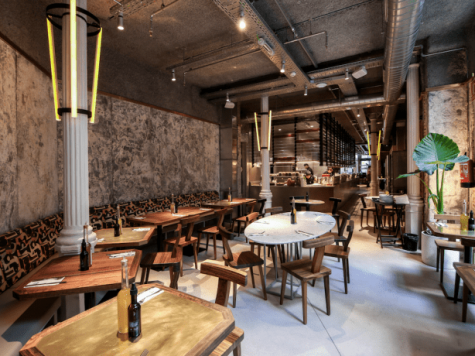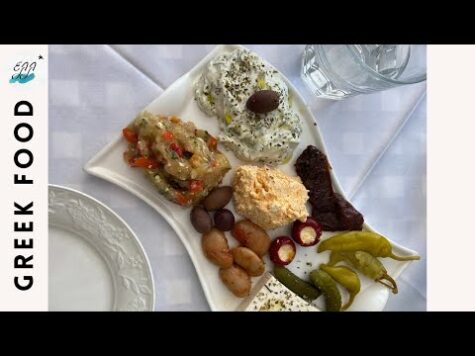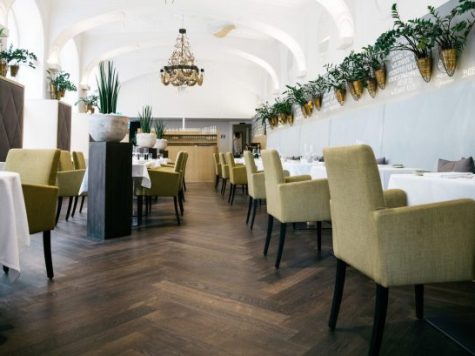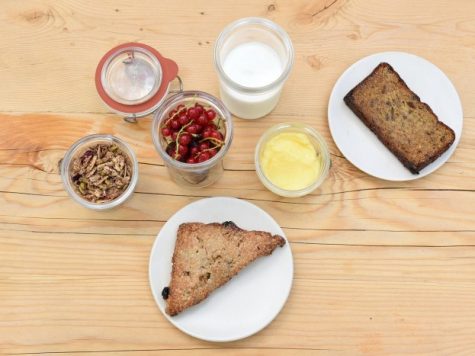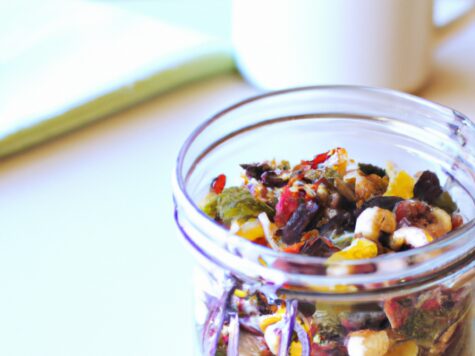None of this was on the agenda when Sandra first arrived in the UK. A former journalist, she came to London to do a master’s in political communications (‘It’s completely wasted,’ she laughs, ‘my poor parents!’), but, after settling here, she became increasingly frustrated at the lack of identifiably Singaporean food.

‘From an outsiders’ view, Singaporean-slash-Malaysian food is quite similar,’ says the 40-year-old, Old Chang Kee’s UK director, ‘but if you’re Singaporean, there are distinct differences. We’re proud of our cuisine. No-one had stuck a flag down saying, “this is Singaporean food”. That’s how it started. Being homesick, not being able to find food I liked.
‘Singapore is a melting pot of ethnicities, Chinese, Malay, Indian, European, and nowhere is that more visible than food. Home cooking might lean to your own ethnicity but, eating out, often at hawker centres (markets of specialist food stalls), one of our defining characteristics is we tend to eat dishes from different cultures. Singaporeans embrace everything, from Indian curries to chicken chop – fried chicken with chips and gravy – usually made by Hainanese chefs who run what Singapore calls Western food stalls.
‘Typically – and this is why I struggle with cereal – I’d eat a hot breakfast out in Singapore. Maybe Chinese noodles, roti prata with curry or kaya toast with coconut-pandan jam. That’s served with really runny boiled eggs broken into a saucer with soy sauce and white pepper that you then dip the toast into.

‘Mid-morning, at work, you might go out for a hot snack, like a curry puff or a fish ball skewer. Then at lunch you gather your colleagues and go to a hawker market or food court. ‘Economy rice’, a choice of stir-fried meats, vegetables, curries and rice for a fixed price, is a very popular lunch.
‘Eating out is cheap. Economy rice might be S$5 dollars, so £2 or £3, but food costs are going up and hawker culture is at risk because people don’t want to pay more. A lot of hawkers, aunties and uncles as we call them, are older and the next generation don’t want to take over the businesses. There’s been a lot of work done recently to preserve hawker culture.
‘Personally, I’d go home for dinner. My mum worked as a stockbroker but, once the markets closed, she’d come home and cook us a combination of meat, fish and vegetable dishes and a clear soup. That ‘three dishes, one soup’ style of eating reflects our Chinese heritage, but the dishes weren’t always Chinese.

‘Mum loved to cook on big occasions like Chinese New Year or Christmas, when we’d have 50 people at our house. We’d have family and friends round once a week, too. Mum and Dad are massive mahjong players, so it would be food and mahjong till midnight.
‘I’m ethnically Chinese but a quarter Peranakan, which culturally is a mix of Malay and Chinese, and my mum’s most famous dish is a really, really hot quintessentially Peranakan pork rib curry. It uses Southeast Asian spices with pork, fermented soy beans and tamarind, so the effect is simultaneously sweet, salty and spicy. That Singaporean classic, Hainanese chicken rice (juicy poached chicken and rice cooked in chicken stock and chicken fat with various condiments), was another of Mum’s favourites, and nasi lemak was a big celebratory dish.

‘Several countries claim ownership of nasi lemak (find Sandra’s recipe above) and there’s a friendly rivalry between Singapore and Malaysia, but unlike laksa – Singapore rice noodle laksa has a lighter, coconutty broth – the Malaysian and Singaporean versions of nasi lemak are broadly the same. Fragrant rice cooked in coconut milk, and lemongrass is the star, with crunchy toppings and sambal. My mum always served it with fried chicken.’ oldchangkee.co.uk
Five key Singaporean ingredients
Dried anchovies
I fry them to snack on or add them to noodle or rice dishes for a salty, umami hit. We also use ground-up anchovies to start soup stocks.
Rempah
A base seasoning paste of things like shallots, chillies, candlenuts, galangal and lemongrass – every family has their own recipe. It’s ground with oil, then fried. Freeze it in ice cube trays, then use from frozen, adding meat for a stir-fry or coconut milk for a curry.
Belachan
This shrimp paste comes in a block and you cut little strips off it and toast it in a pan. I put fermented shrimp paste in my rempah and use it to make shrimp fried rice or in omelettes, if you want a big salty taste.
Fish balls
Processed surimi fish paste is used to make the fish balls and cakes you get in a lot of Asian restaurants. You can add the balls to soups or chop up fishcakes in fried rice. I like fish balls with a real bouncy texture.
Roti prata
The Southeast Asian version of Indian paratha. I eat a lot of curry so always have prata, ready to pan-fry and dip. I like the really thin, crispy ones.

